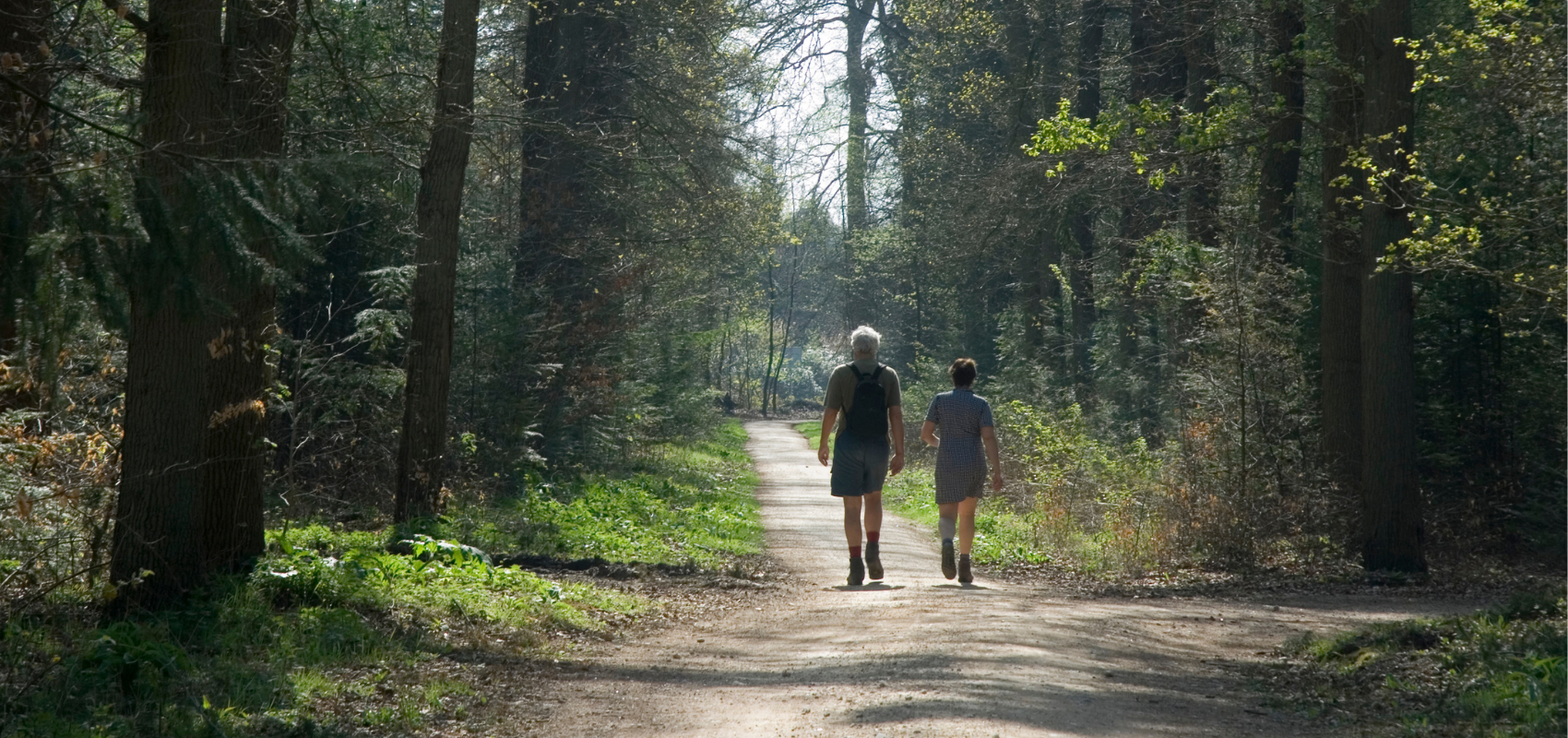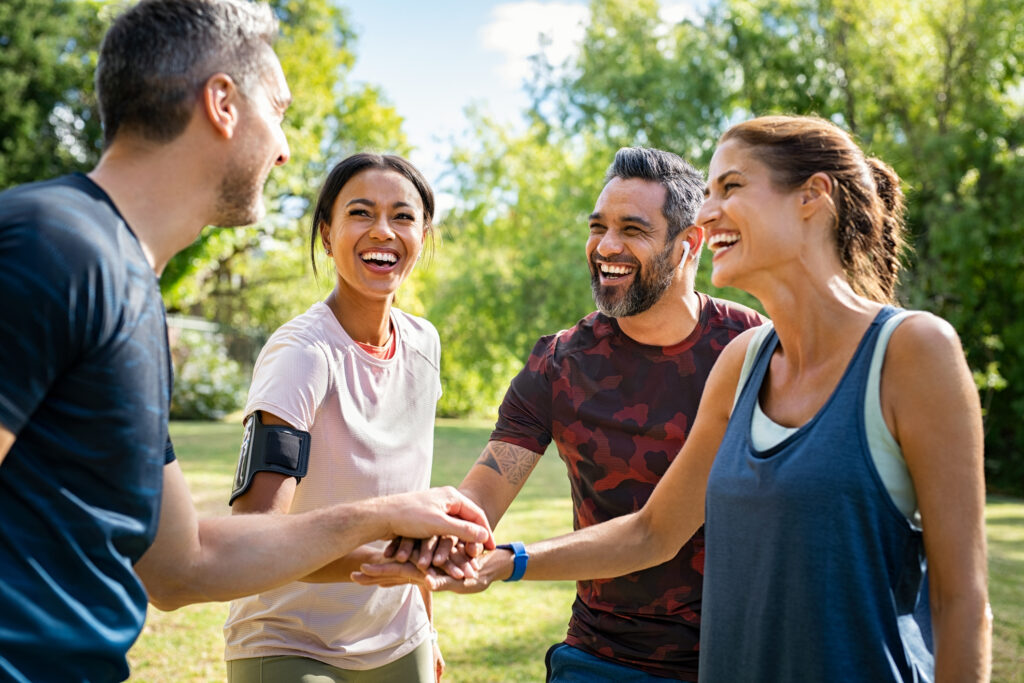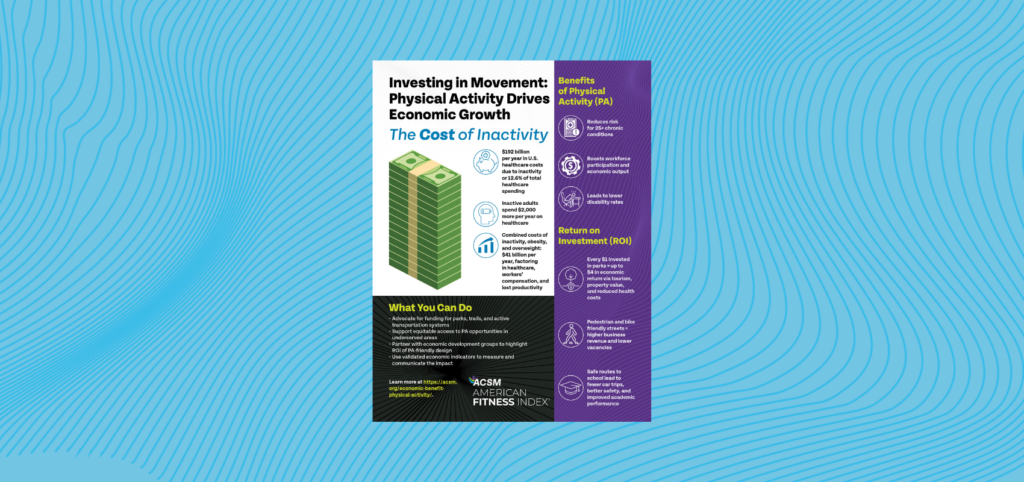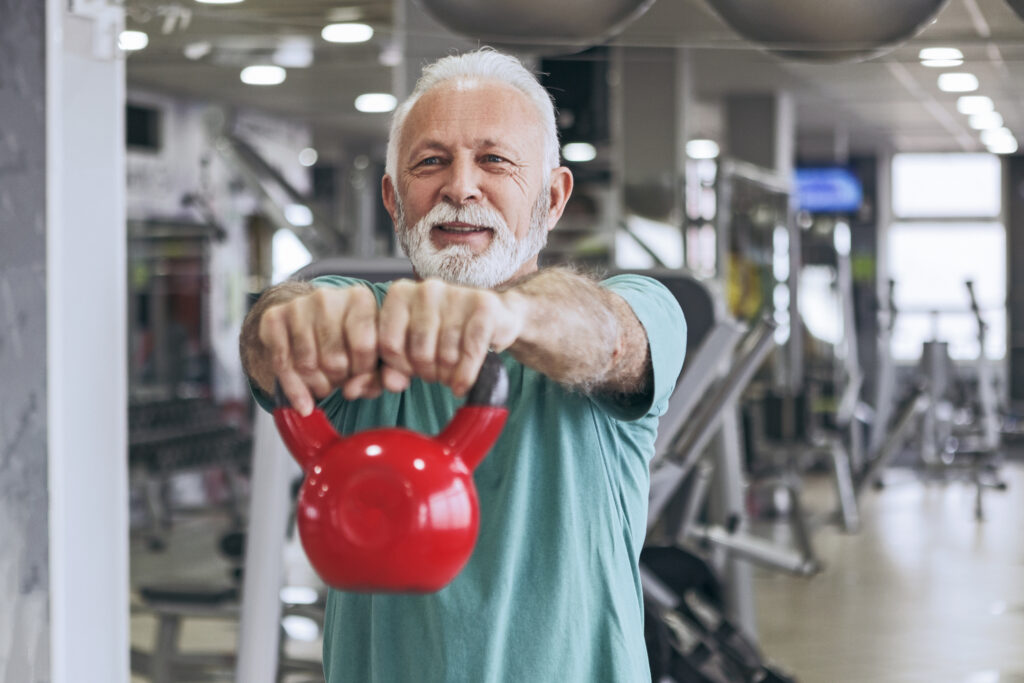Each year, the ACSM American Fitness Index provides a snapshot of the community fitness of the U.S.’s largest cities. It’s a tool that empowers elected officials, stakeholders, and residents to understand where their communities stand and how they can improve. This year, the Fitness Index Advisory Board made important updates to better reflect how cities are evolving to support active lifestyles, with three new or updated indicators: trail miles, splashpads, and the inclusion of pickleball and dual-use courts in the tennis court indicator. These new indicators contribute to a broader, more inclusive understanding of how cities can support physical activities for their residents.
Trail Miles – Finally!

The Fitness Index Advisory Board has been eagerly waiting for enough available data to add trail miles as an indicator. Trails, particularly multipurpose trails, are a cornerstone of active transportation and outdoor recreation. Whether they’re urban greenways, heritage-trails, or riverside bike trails, these spaces connect neighborhoods, provide low-cost opportunities for physical activity, and promote both physical and mental well-being.
Adding trail miles to the Fitness Index continues to acknowledge that active lifestyles extend beyond repetitions in a gym. Physical activity happens in everyday life, whether it’s a morning jog, a bike ride to school or work, or a weekend hike with friends. Trails encourage walking, running, cycling, and even quieter, reflection activities like mindfulness and connection with nature. They’re inclusive by design with no special equipment needed, and they’re typically free to access. Additionally, by offering alternatives to vehicle travel, trail networks contribute to cleaner air and a more sustainable environment, supporting the Fitness Index’s air quality and asthma indicators.
From a health equity standpoint, trails are also a powerful equalizer. When cities build and maintain trail networks across diverse neighborhoods, they ensure more residents can access opportunities for physical activity close to home. Measuring trail miles allows the Fitness Index to measure cities’ additional community investments to support equitable access and long-term community health.
The Value of Splashpads

Splashpads might not be the first thing that comes to mind when you think of fitness indicators, but they can play an important role in encouraging physical activity, especially for children. They provide safe opportunities for activity, encourage social engagement, and provide relief from heat, especially in areas where traditional pools or public beaches may be scarce or cost prohibitive.
Physical activity in childhood is crucial for lifelong health. Splashpads encourage movement through play like running, jumping, and dodging water jets, all while having fun. This helps foster a positive connection between physical activity and joy, which can shape habits into adolescence and adulthood. Splashpads are sometimes adjacent to city parks and playgrounds that attract families to participate in additional physical activities.
In a warming climate, splashpads also serve as an essential adaptation tool. Cities that invest in these spaces provide not only recreation but also cooling places, particularly in underserved areas. Adding splashpads to the Fitness Index allows us to recognize the innovative ways cities are addressing both environmental and public health needs through multipurpose community assets.
Now Trending: Pickleball and Dual-Use Courts

Tennis courts have long been a standard feature in parks across the U.S., and they continue to serve as an important measure of access to physical activity. However, the recreational landscape is changing, and the Fitness Index aims to be responsive to those changes. Pickleball, one of the fastest-growing sports in the country, is a low-impact, easy-to-learn sport that offers excellent cardiovascular benefits and improves coordination and balance, particularly for older residents, a population within which pickleball is very popular.
By updating the tennis court indicator to include pickleball and dual-use courts, the Fitness Index is recognizing this shift and highlighting how cities are meeting the changing needs of their residents. Dual-use courts are a great example of maximizing space and resources, allowing cities to serve more residents without requiring extensive new construction.
Whether it’s tennis, pickleball, or a combination of both, these courts function as gathering places that also improve mental wellness through physical activity and social interaction.
A More Complete Picture of Fitness
Together, these new and revised indicators help the Fitness Index provide a more inclusive picture of what it means for a city to be “fit.” It’s not simply about traditional fitness venues; it’s about how cities’ built environments can support all residents in moving more, playing more, and connecting with others in healthy, physically active ways.
As the Fitness Index continues to evolve, the goal remains the same: to inspire communities to create places that support active living for everyone. These new indicators aren’t just numbers; they represent meaningful opportunities to change how cities think about fitness, access, and community well-being. By including these features, the Fitness Index is not only capturing a broader definition of a community’s physical activity assets but also celebrating the creativity and responsiveness of cities that are rising to better meet the needs of their residents in dynamic and inclusive ways.
